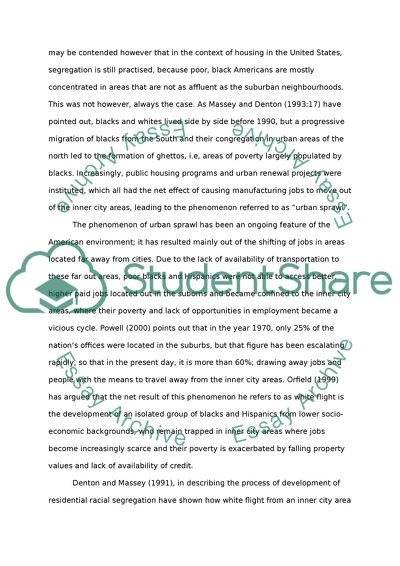Cite this document
(Housing Segregation in the United States Research Paper, n.d.)
Housing Segregation in the United States Research Paper. Retrieved from https://studentshare.org/social-science/1744037-housing-segregation-in-the-united-states
Housing Segregation in the United States Research Paper. Retrieved from https://studentshare.org/social-science/1744037-housing-segregation-in-the-united-states
(Housing Segregation in the United States Research Paper)
Housing Segregation in the United States Research Paper. https://studentshare.org/social-science/1744037-housing-segregation-in-the-united-states.
Housing Segregation in the United States Research Paper. https://studentshare.org/social-science/1744037-housing-segregation-in-the-united-states.
“Housing Segregation in the United States Research Paper”, n.d. https://studentshare.org/social-science/1744037-housing-segregation-in-the-united-states.


